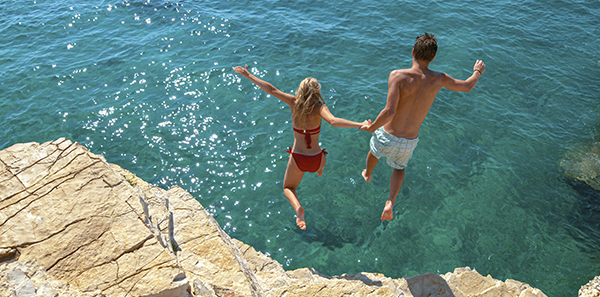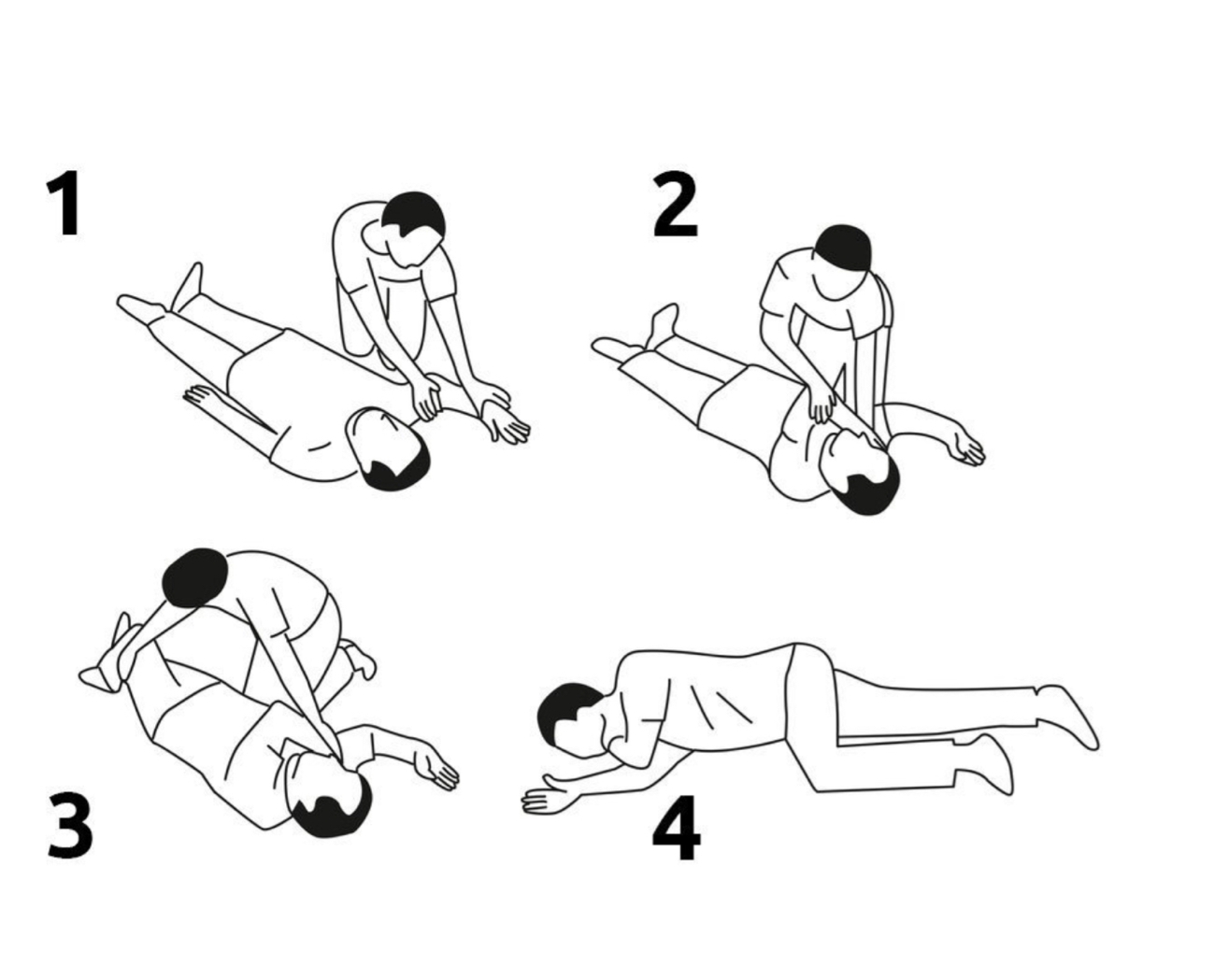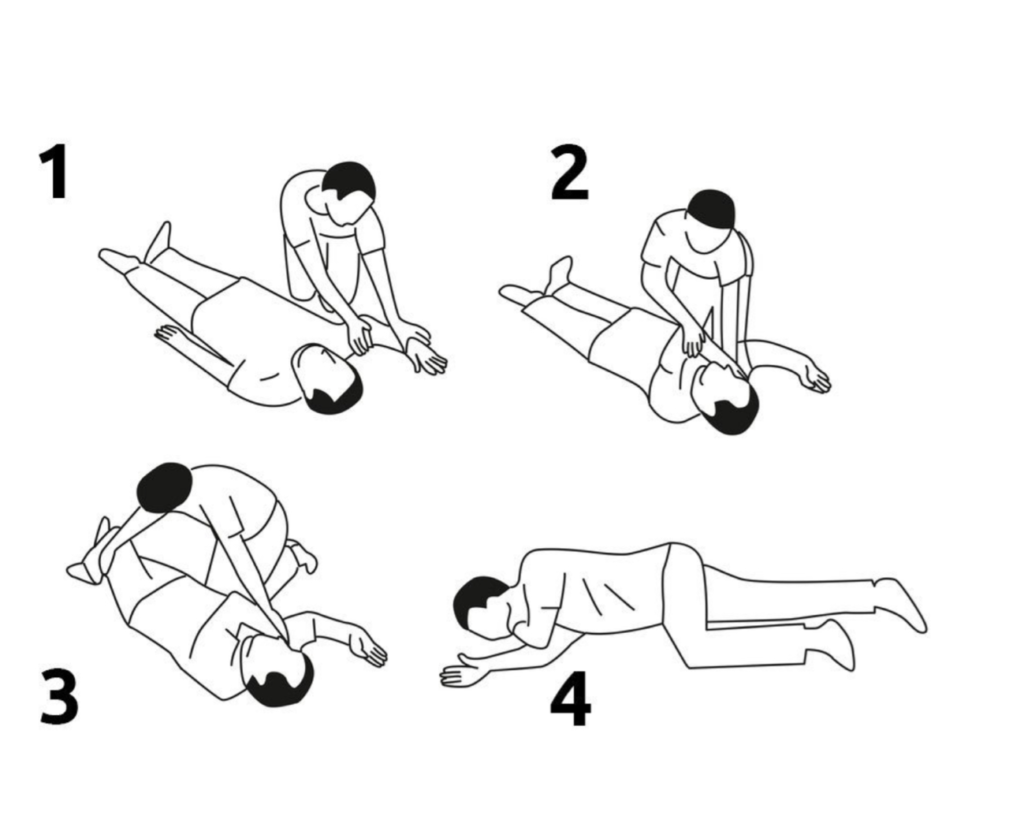
“If you get in the water less than 2 hours after eating you’ll get digestive failure”. This warning, heard so often in summer, isn’t completely true. The popular notion of “digestive failure” from swimming after a meal actually has no scientific basis, as there’s no failure or paralysis in the digestive process.
So is it all a lie? Well no, as an abrupt change in body temperature when in contact with cold water can cause hydrocution, or cold shock response. This affects blood pressure and heart rate.
Symptoms are pale skin, chills, blurred vision, dizziness, vomiting or nausea, ringing in the ears, and loss of consciousness (fainting). It can even cause cardiac arrest, increasing the risks of drowning.
The reason is that the body is trying to maintain its temperature and keep warm, so it sends more blood out to the blood vessels, which means the brain and heart have less blood to work with.
How can I avoid it from happening?
The main thing is to get into the water slowly so the body gradually adapts to the change in temperature between the outside and the water. To do this, it’s essential to make sure you wet your arms, armpits, wrists, neck and ankles beforehand and avoid submerging your head abruptly.
Other recommendations before bathing are:
- Don’t sunbathe for a long time and don’t get in the water if you have sunstroke.
- Don’t do intense exercise.
- Avoid eating large meals. If you feel full and are taking a long time to digest your meal, wait a few hours.
- Stay hydrated.
- At the pool, get wet in the shower first to acclimatise the body.
What should I do if it happens?
The FIRST and most important thing to do if a person suffers a hydrocution is to ASK FOR HELP from the lifeguard or call 112 and then get them out of the water as soon as possible without putting ourselves in danger. If he’s conscious, lay him down with his legs raised to increase cerebral blood flow and prevent him from losing consciousness, then dress or cover him to help him regain body heat.
If he is unconscious, place him in the lateral safety position to prevent choking. Check their breathing and pulse. If the person isn’t breathing, start cardiopulmonary resuscitation (CPR) until the emergency services arrive.
If the hydrocution is not serious and it has been possible to get the person out of the water in time, they will recover in around 2 hours.
Lateral safety position:














